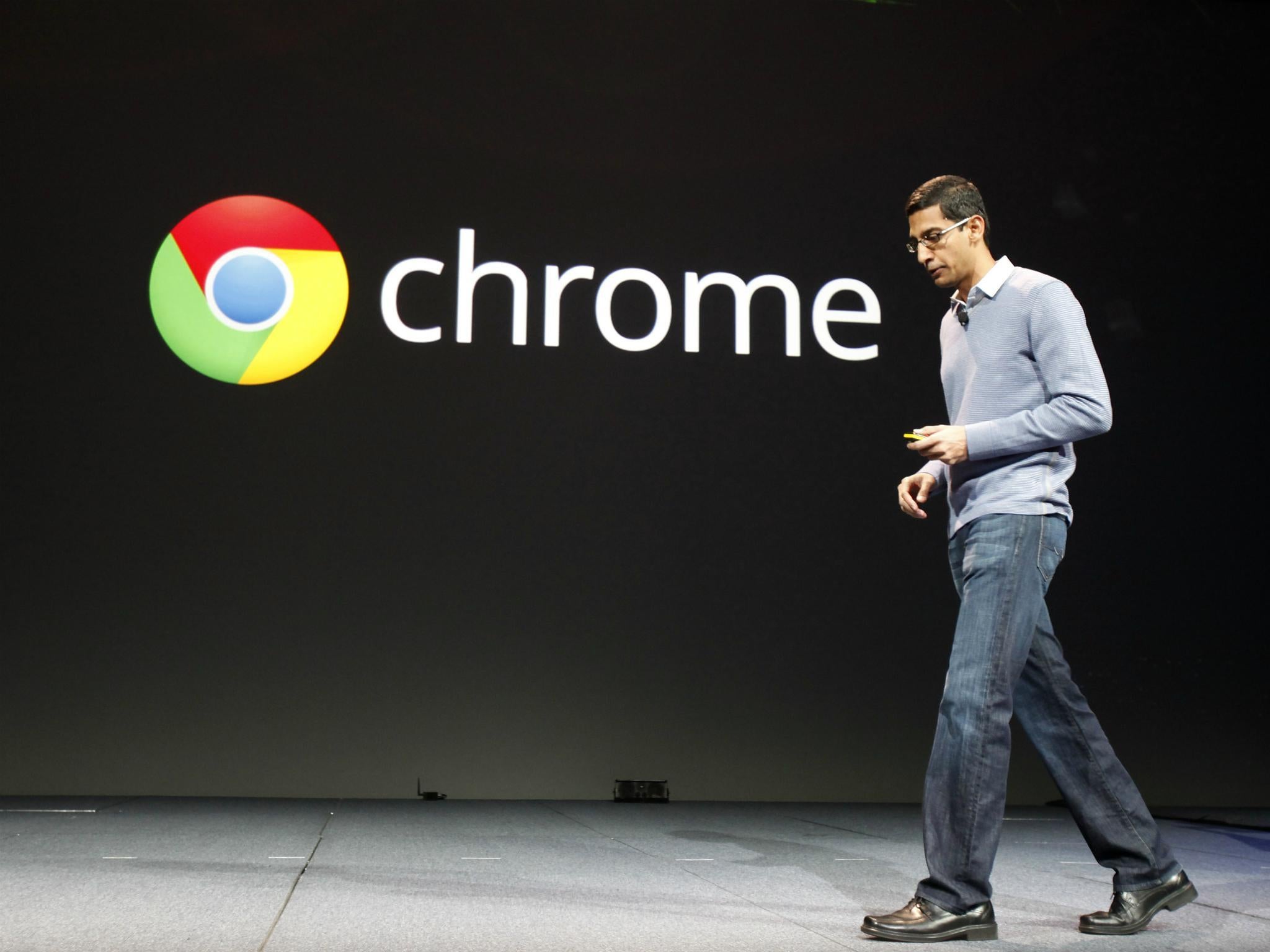Google Chrome transforms the way tabs look
The browser will let you group tabs by name, colours, and emoji

Your support helps us to tell the story
From reproductive rights to climate change to Big Tech, The Independent is on the ground when the story is developing. Whether it's investigating the financials of Elon Musk's pro-Trump PAC or producing our latest documentary, 'The A Word', which shines a light on the American women fighting for reproductive rights, we know how important it is to parse out the facts from the messaging.
At such a critical moment in US history, we need reporters on the ground. Your donation allows us to keep sending journalists to speak to both sides of the story.
The Independent is trusted by Americans across the entire political spectrum. And unlike many other quality news outlets, we choose not to lock Americans out of our reporting and analysis with paywalls. We believe quality journalism should be available to everyone, paid for by those who can afford it.
Your support makes all the difference.Google is changing the way that its Chrome browser works by giving users more controls over their tabs with a feature called “Tab Groups”.
Currently in Google Chrome’s beta version, but expected to roll out to the main product next week, users can group tabs together and label them with a custom name or colour. Once that’s done, users are able to move and reorder them around together.
“Through our own usage and early user research, we’ve found that some people like to group their Chrome tabs by topic. For instance, it helps if you’re working on several projects, or looking through multiple shopping and review sites” Google said in its blog post announcing the upcoming feature.
As well as regular text, Chrome tabs can also be labelled using emoji. All groups are saved when you close the browser, and will reopen in the group when you load the browser up again.
The functionality will be available in Google Chrome on Chrome OS (which powers the company’s Chromebooks), Windows, Mac, and Linux systems.
While the official version of the feature launches soon, those who want to try it sooner – and get ahead of other updates – can try it in the Google Chrome Beta now.
Google Chrome is based on Chromium, an open-source software project that acts as the foundation for the search giant’s browser. Browsers written in Chromium, including Google Chrome, can have other features layered on top and is the underlying code for other popular browsers including privacy-focused Brave, Microsoft’s Edge browser, and Opera.
It’s unclear whether Google’s update will mean that other browsers using its source code will get the feature; we have reached out to the company for clarification.
Google Chrome is not the only browser that has grouping functions for its tabs. Vivaldi, which is also based on Chromium, already lets you organise tabs into groups called Tab Stacks or create split-screen views of your tabs in browser so you can see several websites at the same time.
Join our commenting forum
Join thought-provoking conversations, follow other Independent readers and see their replies
Comments